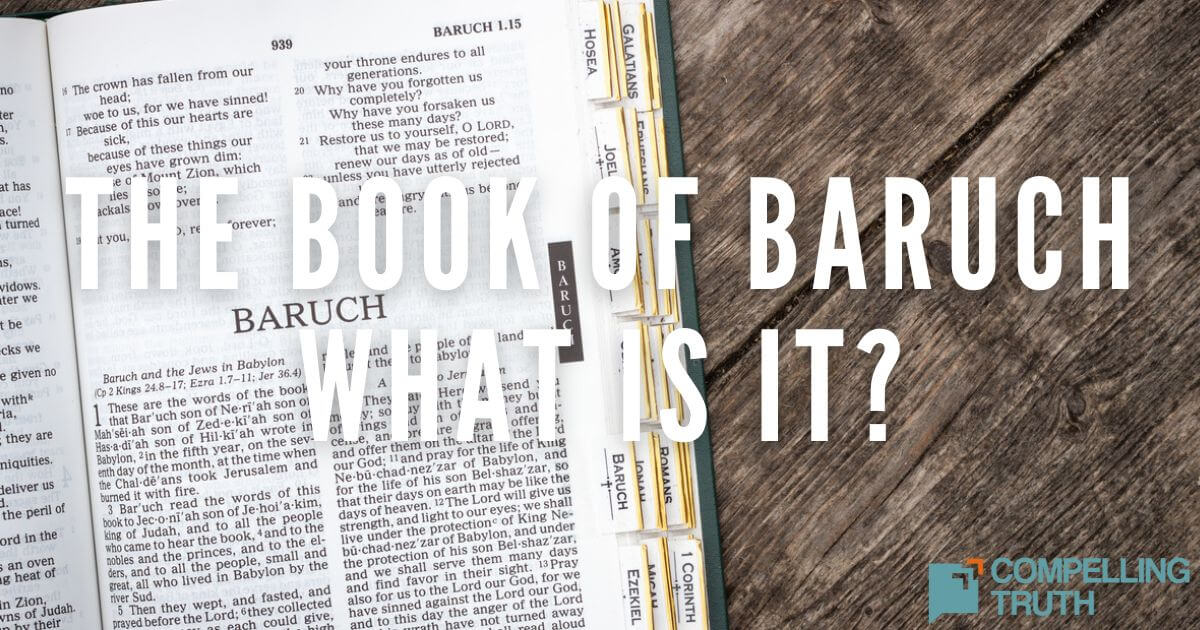First and Second Esdras are not in the biblical canon. First Esdras is found in the collection of writings known as the Apocrypha or Deuterocanonical Books. Second Esdras is a pseudepigraphal apocalyptic work. First and Second Esdras are associated with Ezra, author of the Old Testament book Ezra, the high priest of Israel at the return of the Jews to Jerusalem under Cyrus at the end of the Old Testament period.
Much regarding the origin of the Esdras texts is uncertain. The original language may have been Greek, Aramaic, or Hebrew. The date of writing is unknown, with some estimates as late as the first century AD for 1 Esdras and the second century AD for 2 Esdras.
In addition, certain errors have been noted in the text of 1 and 2 Esdras. For example, King Artaxerxes is listed as the king prior to Cyrus, though this was not historically correct. However, in many ways, 1 Esdras is a revision of the biblical Ezra with four chapters of additional material. The new material includes King Josiah's reforms, a history of the temple's destruction, and the Jewish return under the leadership of Zerubbabel.
It is suggested that 2 Esdras is the work of multiple authors and was written perhaps as late as the second century AD. Second Esdras includes the Jewish apocalypse of Ezra as well as seven visions regarding his concerns about the Jewish people. In his first vision while still living in Babylon, an angel named Uriel (not mentioned in the Old or New Testaments) arrives to answer Ezra's questions.
One concerning passage mentioned in 2 Esdras notes that God appeared to Ezra in a bush and commanded him to restore the Law. The passage says that Ezra calls five scribes and begins to dictate the Law. It claims that in 40 days, Ezra dictated 94 books, which were the Jewish Old Testament and 70 other works. Some suggest these 70 works are a reference to the Septuagint, though this is uncertain. The text states, "Make public the twenty-four books that you wrote first, and let the worthy and the unworthy read them; but keep the seventy that were written last, in order to give them to the wise among your people" (2 Esdras 14:45–46).
Because of its visionary nature, some argue 2 Esdras was written shortly before the destruction of Jerusalem in AD 70 or during the violent reign or Emperor Domitian (who reigned from 81—96).
Some confusion also often arises regarding the numbering and order of these works. At one time the biblical book of Ezra was known as 1 Esdras, and the biblical book of Nehemiah was known as 2 Esdras. The 1 and 2 Esdras discussed above were known as 3 and 4 Esdras.
While both 1 and 2 Esdras include interesting historical and cultural material important for learning, they do not rank among the books of the Old and New Testaments.
Much regarding the origin of the Esdras texts is uncertain. The original language may have been Greek, Aramaic, or Hebrew. The date of writing is unknown, with some estimates as late as the first century AD for 1 Esdras and the second century AD for 2 Esdras.
In addition, certain errors have been noted in the text of 1 and 2 Esdras. For example, King Artaxerxes is listed as the king prior to Cyrus, though this was not historically correct. However, in many ways, 1 Esdras is a revision of the biblical Ezra with four chapters of additional material. The new material includes King Josiah's reforms, a history of the temple's destruction, and the Jewish return under the leadership of Zerubbabel.
It is suggested that 2 Esdras is the work of multiple authors and was written perhaps as late as the second century AD. Second Esdras includes the Jewish apocalypse of Ezra as well as seven visions regarding his concerns about the Jewish people. In his first vision while still living in Babylon, an angel named Uriel (not mentioned in the Old or New Testaments) arrives to answer Ezra's questions.
One concerning passage mentioned in 2 Esdras notes that God appeared to Ezra in a bush and commanded him to restore the Law. The passage says that Ezra calls five scribes and begins to dictate the Law. It claims that in 40 days, Ezra dictated 94 books, which were the Jewish Old Testament and 70 other works. Some suggest these 70 works are a reference to the Septuagint, though this is uncertain. The text states, "Make public the twenty-four books that you wrote first, and let the worthy and the unworthy read them; but keep the seventy that were written last, in order to give them to the wise among your people" (2 Esdras 14:45–46).
Because of its visionary nature, some argue 2 Esdras was written shortly before the destruction of Jerusalem in AD 70 or during the violent reign or Emperor Domitian (who reigned from 81—96).
Some confusion also often arises regarding the numbering and order of these works. At one time the biblical book of Ezra was known as 1 Esdras, and the biblical book of Nehemiah was known as 2 Esdras. The 1 and 2 Esdras discussed above were known as 3 and 4 Esdras.
While both 1 and 2 Esdras include interesting historical and cultural material important for learning, they do not rank among the books of the Old and New Testaments.



